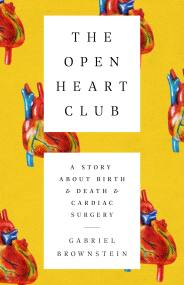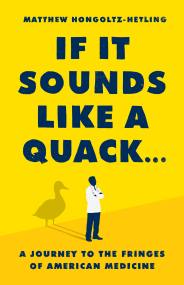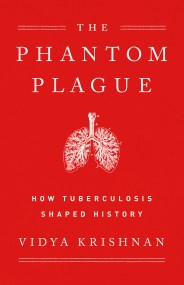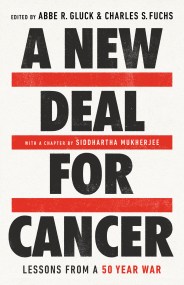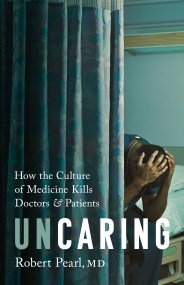Promotion
Use code MOM24 for 20% off site wide + free shipping over $45
On the Cancer Frontier
One Man, One Disease, and a Medical Revolution
Contributors
By Paul Marks
By James Sterngold
Formats and Prices
Price
$15.99Price
$20.99 CADFormat
Format:
- ebook $15.99 $20.99 CAD
- Hardcover $36.00 $46.00 CAD
This item is a preorder. Your payment method will be charged immediately, and the product is expected to ship on or around March 11, 2014. This date is subject to change due to shipping delays beyond our control.
Also available from:
But we are now entering a new, and more positive, phase in this long campaign. While cancer has not been cured — and a cure may elude us for a long time yet — there has been a revolution in our understanding of its nature. Years of brilliant science have revealed how this individualistic disease seizes control of the foundations of life — our genes — and produces guerrilla cells that can attack and elude treatments. Armed with those insights, scientists have been developing more effective weapons and producing better outcomes for patients. Paul A. Marks, MD, has been a leader in these efforts to finally control this devastating disease.
Marks helped establish the strategy for the “war on cancer” in 1971 as a researcher and member of President Nixon’s cancer panel. As the president and chief executive officer for nineteen years at the world’s pre-eminent cancer hospital, the Memorial Sloan-Kettering Cancer Center, he was instrumental in ending the years of futility. He also developed better therapies that promise a new era of cancer containment. Some cancers, like childhood leukemia and non-Hodgkin’s lymphoma, that were once deadly conditions, are now survivable — even curable. New steps in prevention and early diagnosis are giving patients even more hope. On the Cancer Frontier is Marks’ account of the transformation in our understanding of cancer and why there is growing optimism in our ability to stop it.
Genre:
- On Sale
- Mar 11, 2014
- Page Count
- 272 pages
- Publisher
- PublicAffairs
- ISBN-13
- 9781610392532
Newsletter Signup
By clicking ‘Sign Up,’ I acknowledge that I have read and agree to Hachette Book Group’s Privacy Policy and Terms of Use


